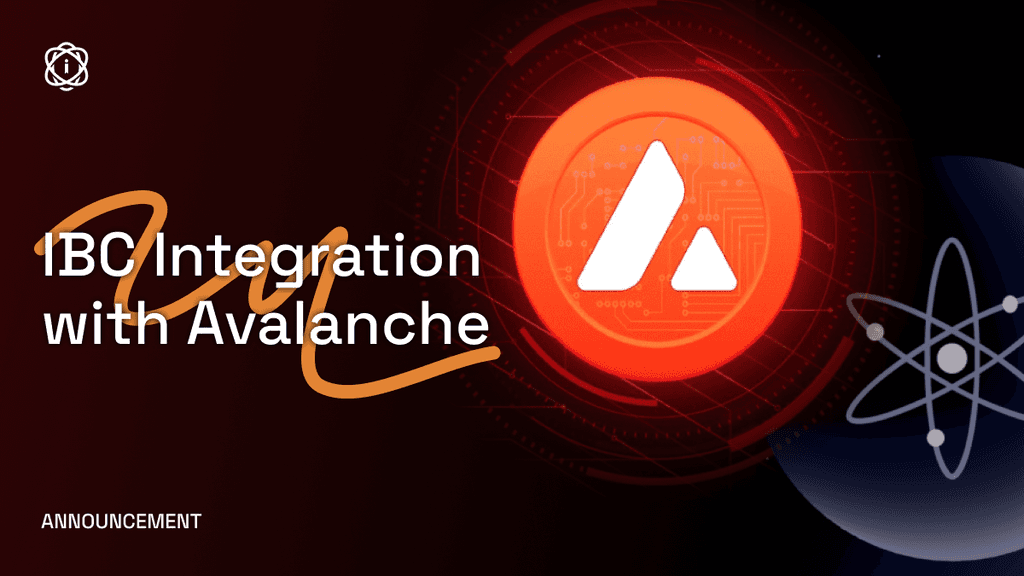Introduction
Aave is a decentralized finance (DeFi) protocol that enables users to lend and borrow cryptocurrency without the need for intermediaries. Initially based on the Ethereum blockchain, Aave has since expanded to multiple chains, including Polygon, Metis, Arbitrum, Optimism, Harmony, Fantom, and Avalanche, thereby increasing its reach and accessibility. As an open-source DeFi protocol, Aave uses a system of smart contracts to manage crypto assets by a distributed network of computers, ensuring that users don’t have to rely on a specific institution or individual to manage their funds.
How Aave Works
Lending and Borrowing
Aave operates by creating lending pools. Users can supply a variety of assets, including Ethereum-based assets and those native to other chains. This includes stablecoins like USD Coin, Tether, Gemini dollar, DAI, and Tether, as well as tokens such as BAT, Uniswap, and Chainlink. Borrowers must post collateral before borrowing on Aave, with the maximum amount they can borrow depending on the value of the collateral they deposit.
Aave is perhaps most famous for popularizing the “flash loan” – an instantaneous crypto loan that doesn’t require any collateral, so long as the loan can be repaid in the same transaction.
Transition from Aave V2 to V3
The transition from Aave V2 to V3 brought about significant changes and improvements in the protocol. While both versions continue to operate and remain accessible, users are encouraged to migrate their assets from V2 to V3 to take advantage of the enhanced features and capabilities of the latter.
One of the key differences between V2 and V3 lies in the increased capital efficiency in V3. This is achieved through the introduction of features like range orders, which allow users to set a specific price range within which they are willing to trade their assets. This feature provides users with more control over their trading strategies and can lead to improved returns.
Another significant difference is the introduction of the GHO stablecoin in V3. This decentralized, multi-collateral stablecoin is fully backed, transparent, and native to the Aave Protocol. It offers users the ability to mint GHO using assets they have supplied into V3 as collateral on Ethereum markets, while continuing to earn interests on their underlying assets.
The migration process from V2 to V3 is facilitated by a migration tool, which assists users in migrating their positions in a single transaction. The tool uses a combination of credit delegation and flash loans to migrate positions. The debt is repaid on V2, and the same positions and amounts are borrowed on behalf of the user on V3, leaving the user with debt on V3. This process ensures a seamless transition for users, allowing them to continue their lending and borrowing activities without interruption.
It’s important to note that while the migration from V2 to V3 is encouraged, it is not mandatory. The V2 contracts will continue to run and remain accessible for users who choose not to migrate. However, by migrating to V3, users can take advantage of the enhanced features and capabilities that the latest version of the protocol offers.
Governance and Tokens
In October 2020, Aave launched its own governance token, AAVE. The token is used within the protocol’s governance module, allowing holders to vote on which assets to add to the protocol’s lending markets. It’s also possible to stake the AAVE token within Aave’s Safety Module, a pool of reserves that the protocol can use in case it falls into debt.
AAVE Token
The AAVE token is a crucial component of the Aave ecosystem. It serves as a governance token, allowing holders to vote on various protocol decisions, including which assets to add to the protocol’s lending markets. The token can also be staked within Aave’s Safety Module, providing a pool of reserves that the protocol can use in case it falls into debt. This staking mechanism also allows users to earn rewards, further incentivizing participation in the protocol’s governance.
GHO Token
GHO is a decentralized, multi-collateral stablecoin that is fully backed, transparent, and native to the Aave Protocol. Borrowers and suppliers can mint GHO using assets they have supplied into V3 as collateral on Ethereum markets, while continuing to earn interests on their underlying assets. The GHO pool functions differently from existing assets but to borrow it works similarly as other available assets on the different markets in the protocol. The Aave DAO manages the supply of GHO, the interest, and determines risk parameters. The repaid interests are redirected to the DAO, contributing to the DAO treasury. Unlike many stablecoins, the oracle price for GHO is fixed. Interest rates are defined by the Aave DAO and repaid interest is redirected to the DAO instead of the asset suppliers. Discounts are available to borrowers staking AAVE in the Safety Module.
Key Features of Aave
Aave offers several unique features that set it apart from other DeFi protocols:
- Real-Time Interest: Users earn interest in real-time.
- Flash Loans: Borrowers can take out loans without collateral, provided they repay the loan within the same transaction.
- Rate Switching: Borrowers can switch between fixed and floating interest rates, potentially reducing borrowing costs.
- Diverse Lending Pool: Aave offers a diverse lending pool, making it one of the most versatile lending protocols in the DeFi space.
- Multi-chain Deployment: Aave is deployed on multiple chains, including Ethereum, Polygon, and Avalanche, broadening its user base and increasing its liquidity.
- Aave V2 and V3: Aave has undergone significant upgrades from its initial version, with V2 introducing features like collateral swaps and V3 further enhancing capital efficiency and introducing features like range orders.
Conclusion
Aave has revolutionized the DeFi space by providing a platform that allows users to lend and borrow cryptocurrencies without the need for intermediaries. Its use of smart contracts and deployment on multiple blockchains ensures that transactions are secure and automated, providing users with a seamless and efficient lending and borrowing experience. With its continuous innovation, as seen in the transition from Aave V2 to V3, Aave remains at the forefront of the DeFi lending and borrowing sector. The introduction of the GHO stablecoin further enhances Aave’s offerings, providing a decentralized, overcollateralized asset that contributes to the DAO treasury and offers discounts to AAVE stakers.







